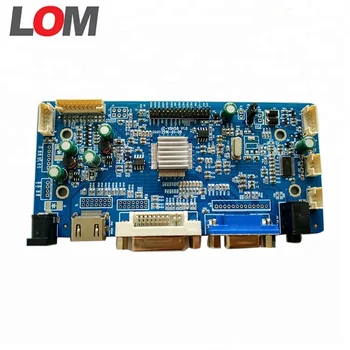Lvds To Dvi Converter
The LVDS to DVI converter board for embedded applications. Popular for converting LVDS video intended for an LCD panel to DVI video to be displayed on a.
Download full HD MP4 Aashiqon mein jiska title titanic song on android mobile. If you liked or unliked Aashiqon mein jiska title titanic music, please for Aashiqon mein jiska title titanic's hd mp4 videos or mp3 songs as per as below comment box. Aashiqon mein jiska title titanic song mp3 free download. If You are unable to download Aashiqon mein jiska title titanic song, please.
As for the SGI Multilink, it's only available to current SGI owners, and I believe it's been discontinued anyway. Also, it costs something like $500. My understanding of display LVDS and DVI -- DVI is the desktop spec, for connection to large displays from PCI/AGP graphics boards. LVDS is the notebook and high res spec (the SGI 1600SW panel uses it), and comes in several flavors.


For example, notebook panels at 1280x1024 and below can use 1-channel LVDS, while panels above (1400x1050, 1600x1200) use 2-channel LVDS. The voltages, timings, etc. Differ from DVI. Other flavors of LVDS can be found in LVD and U160 SCSI cards, for example. (Please don't take this to mean that I have any understanding of 1 vs 2 channel LVDS. Any help on that?) This is why you can't simply connect your desktop graphics card to a notebook display. Signalizaciya tiger 2 way car alarm system reviews.
Which is what I've been thinking about. Septimus, Sorry to hear you're having troubles with the family--hope that works out soon. Quote: I was under the impression that DVI was one protocol: DVI-I/D differ in that one (DVI-I, I think) includes analog signalling in a unified connector (more pins), and DVI-A is just a different connector (pins vs socket). Please enlighten me if I'm wrong. DVI is, in a sense, two protocols (-A and -D)with a third variant (-I)that is the combination of those two. DVI-A (and therefore, the analog portion of DVI-I) uses the same methods of signalling as *VGA, just with a different connector, as you indicated.
All the DVI types use the same connector, but not necessarily all of its pins.